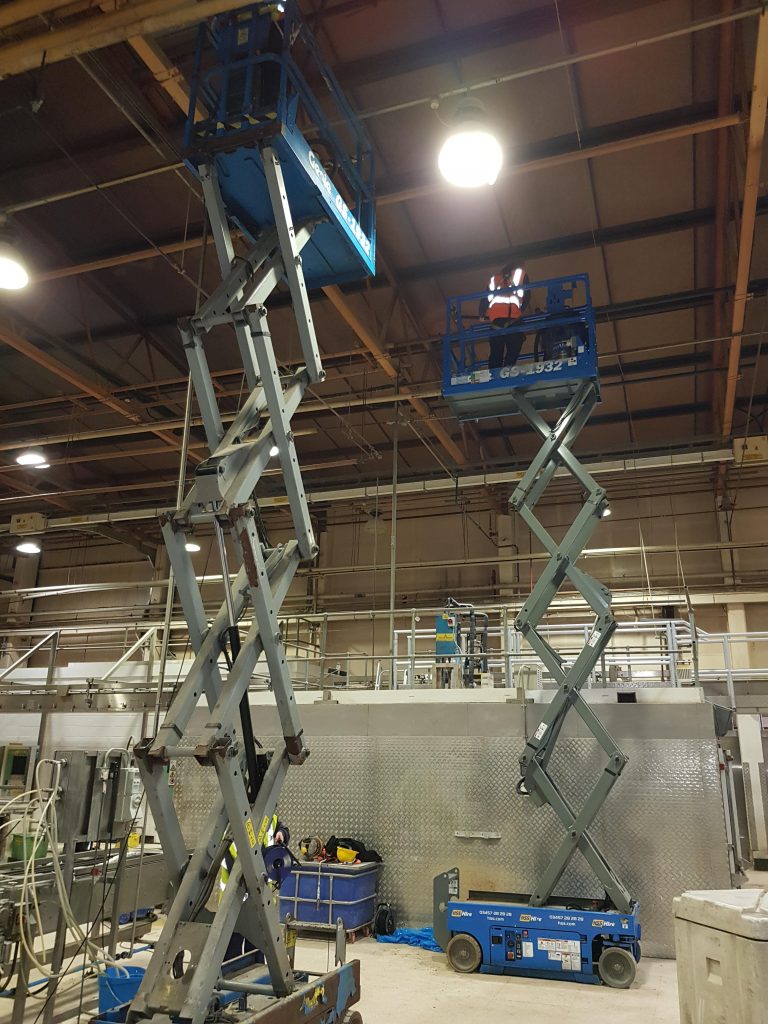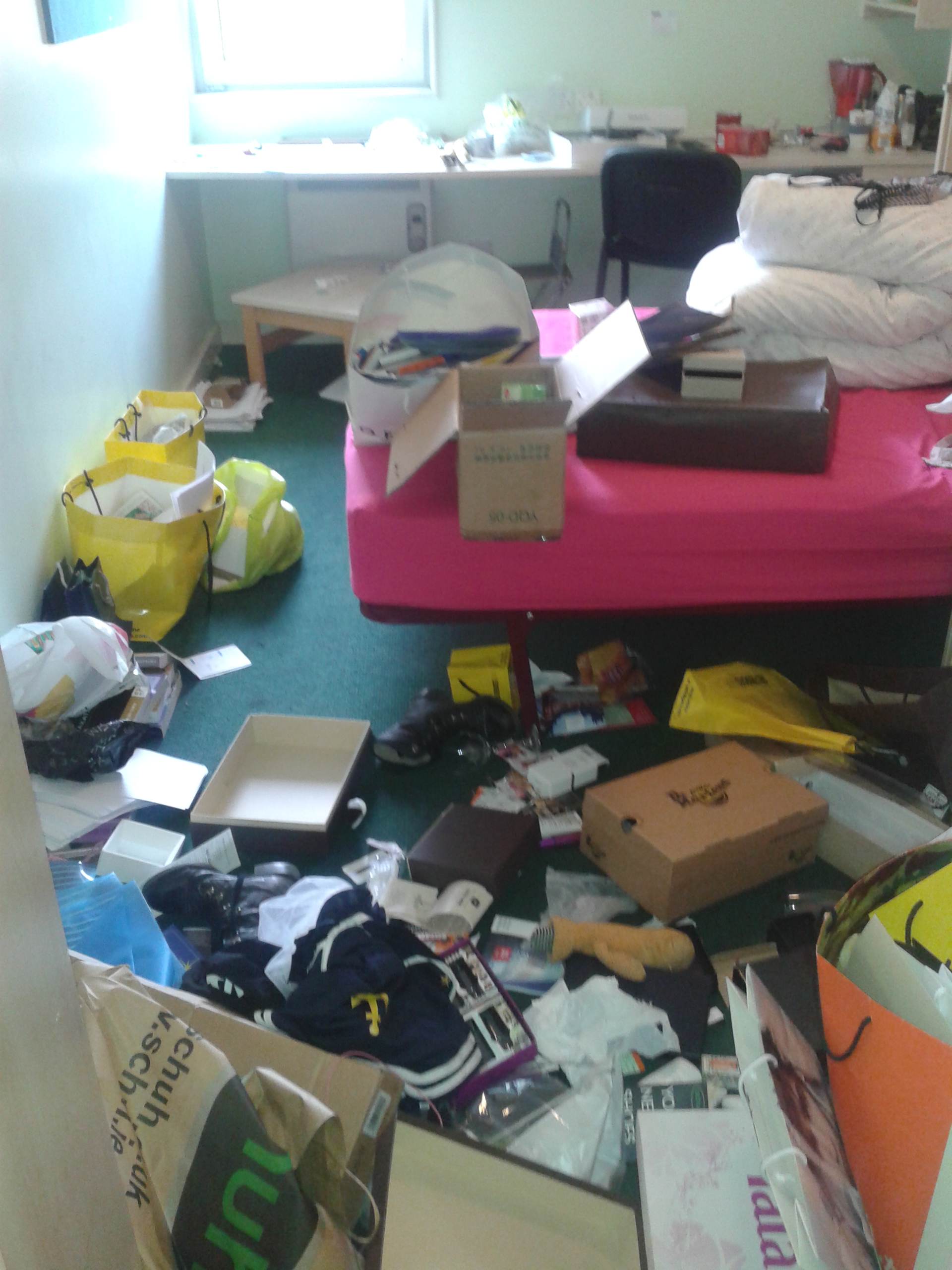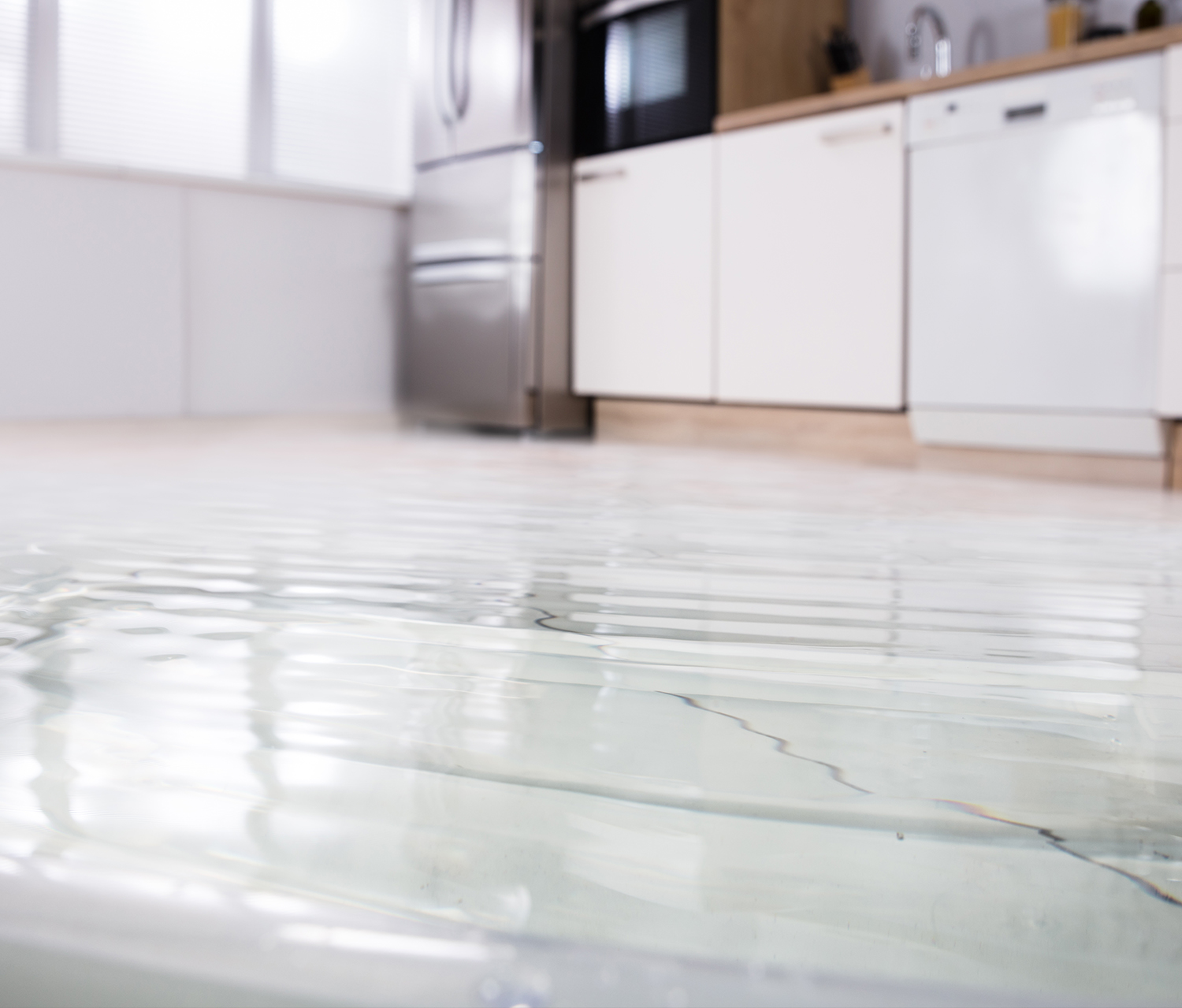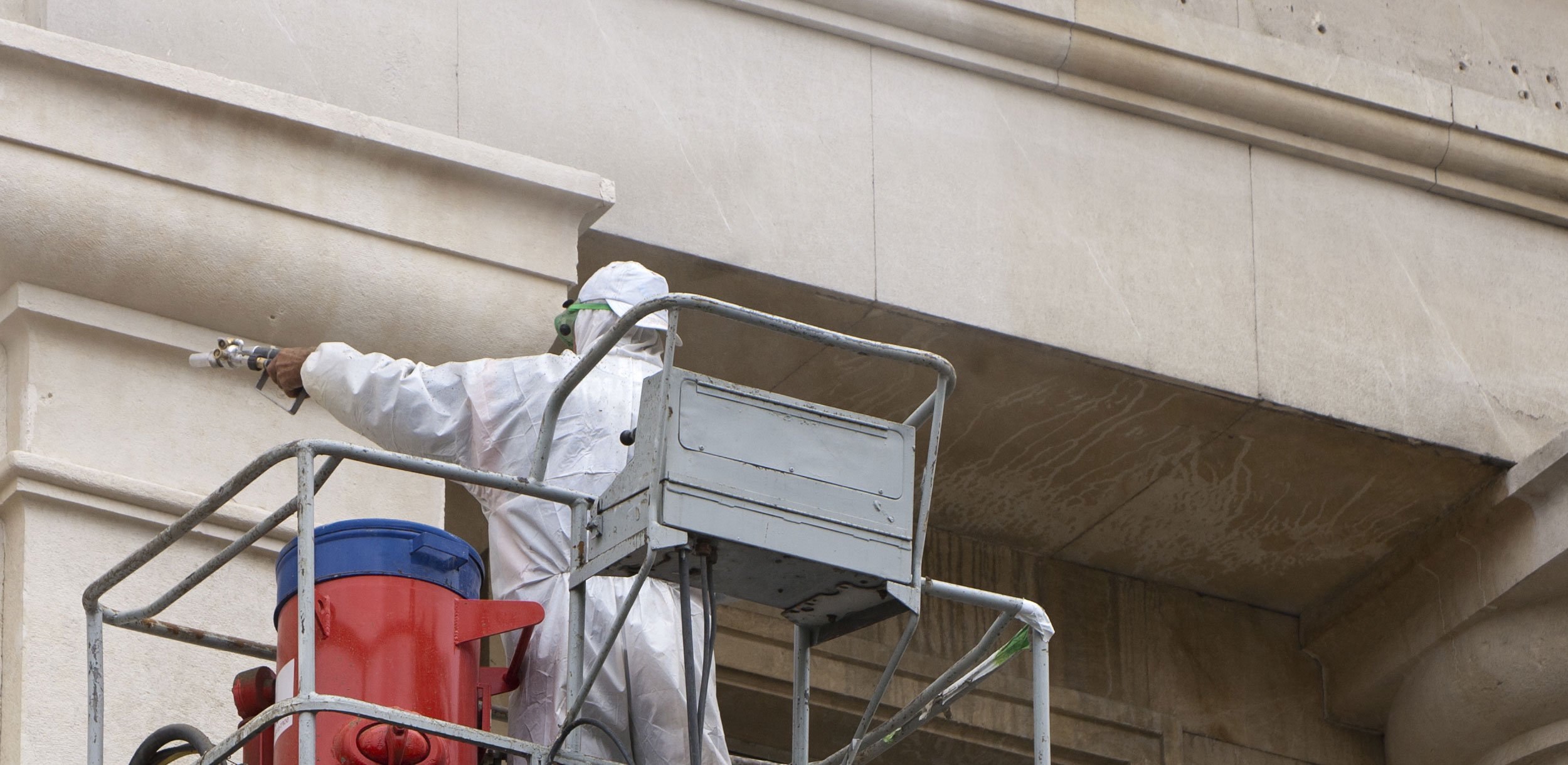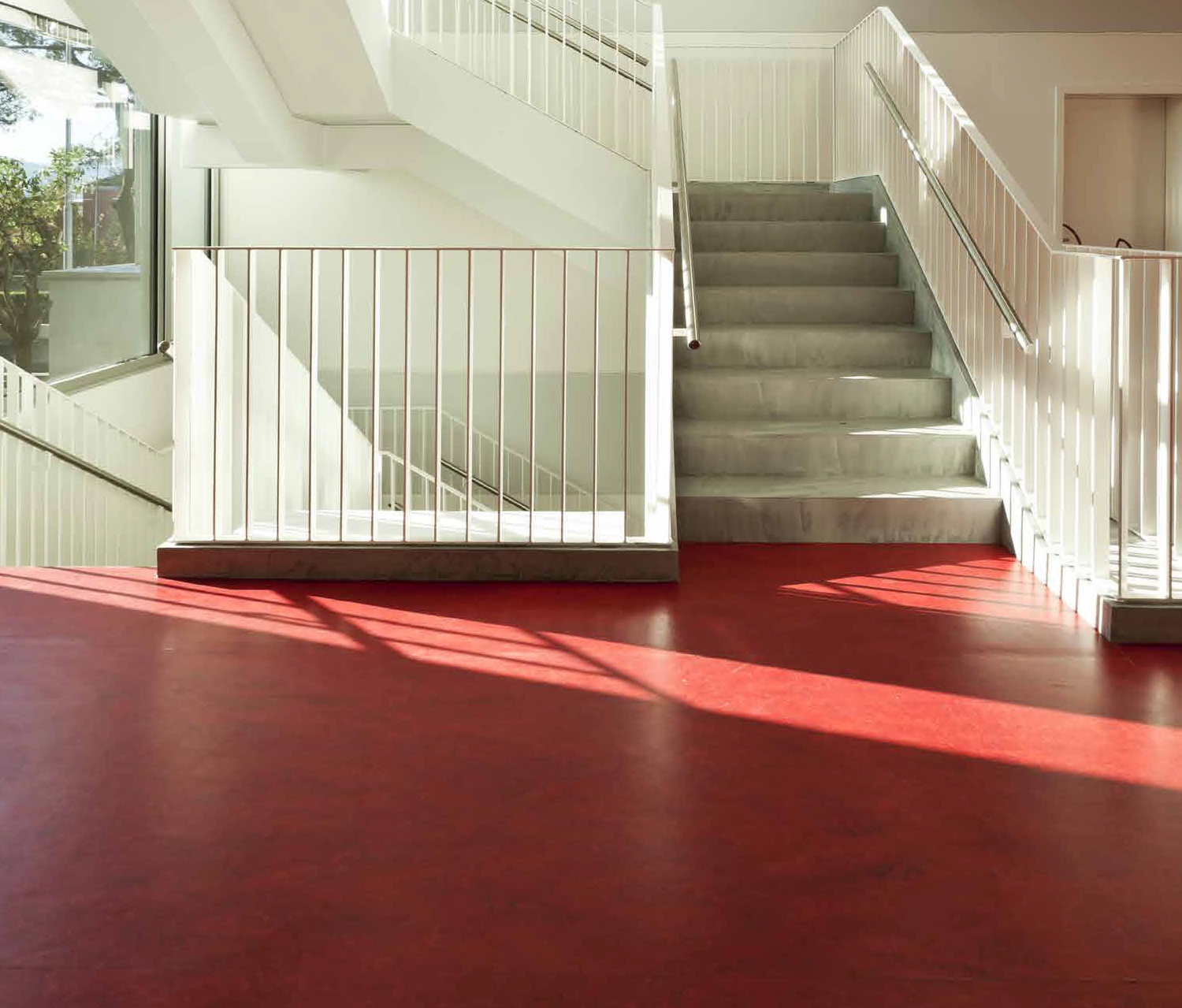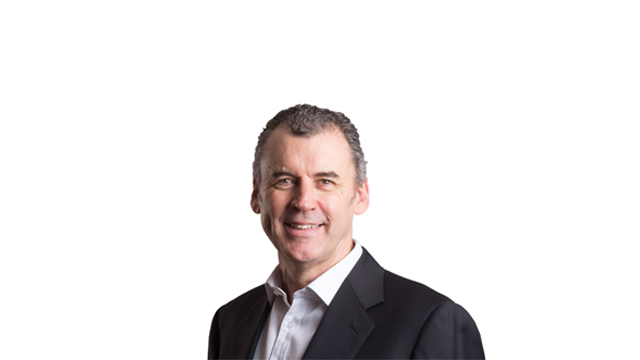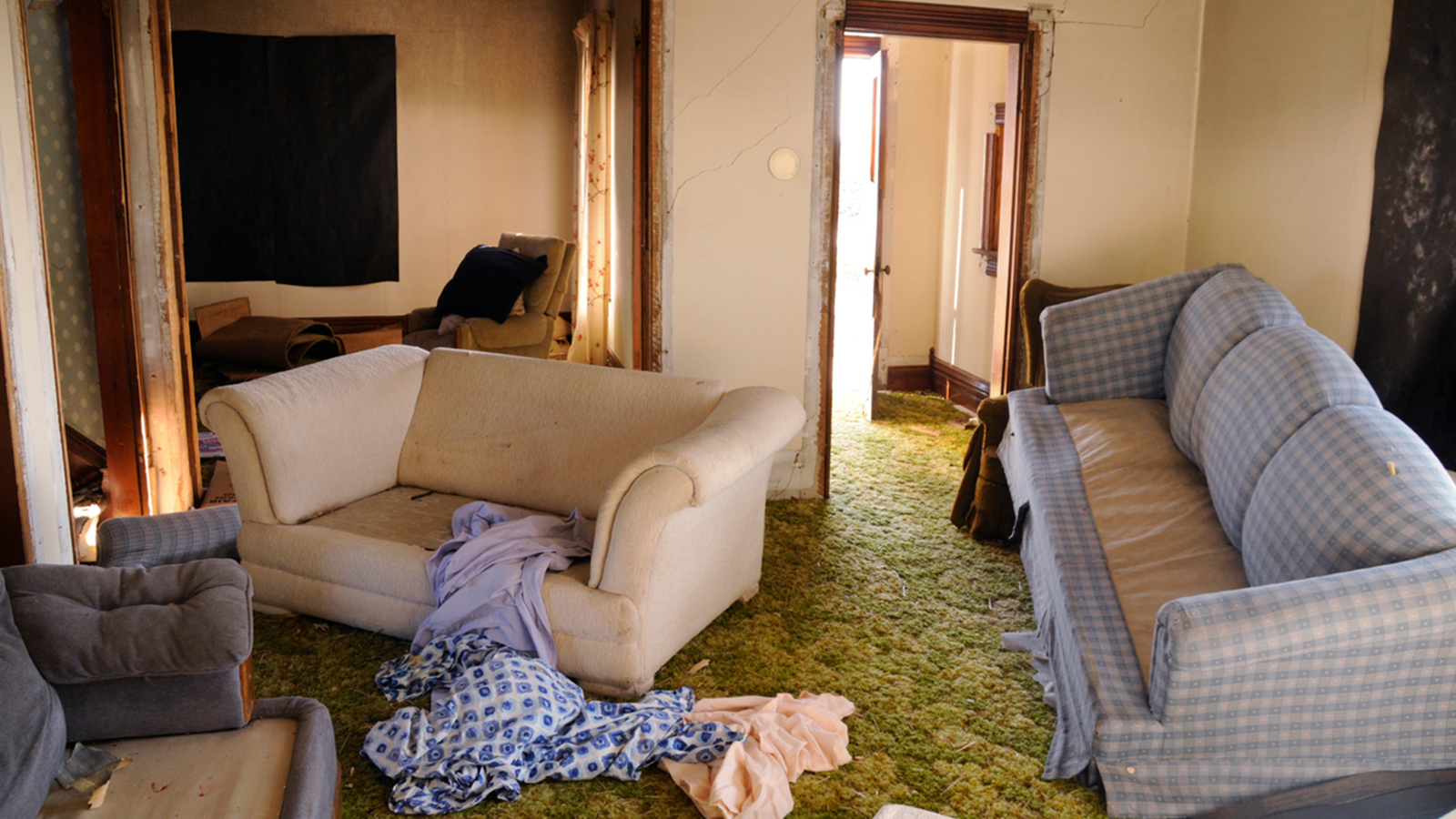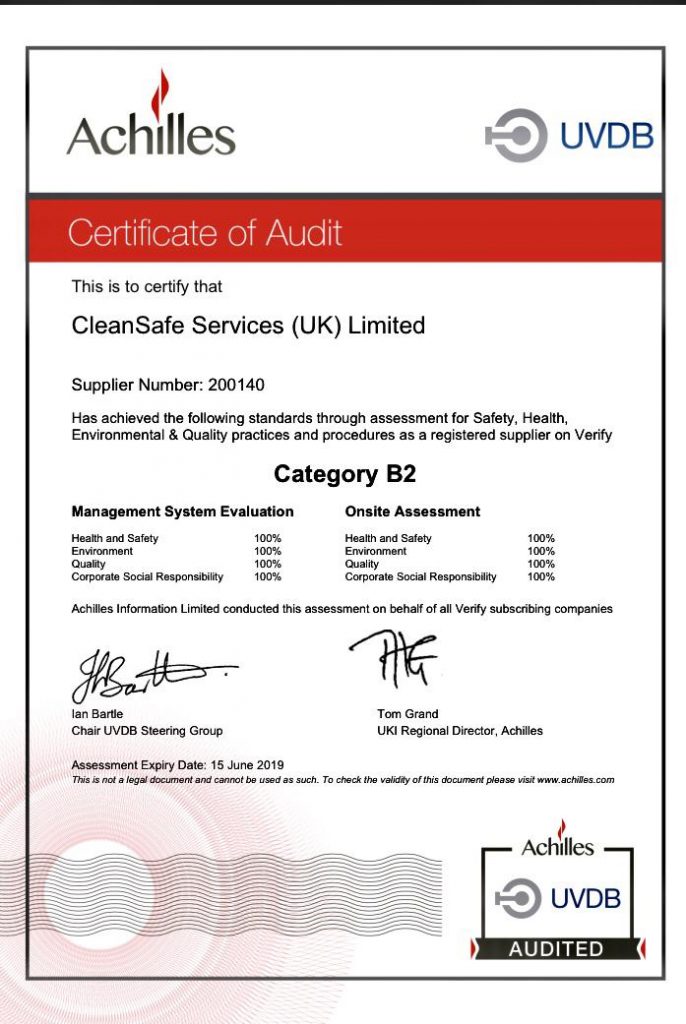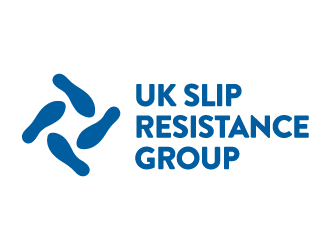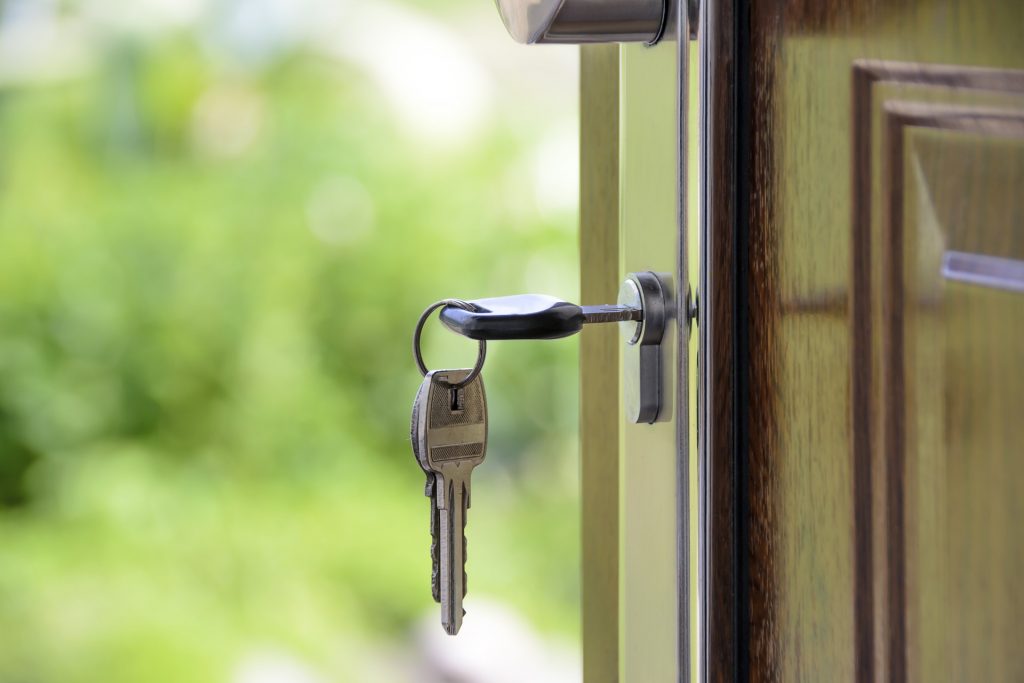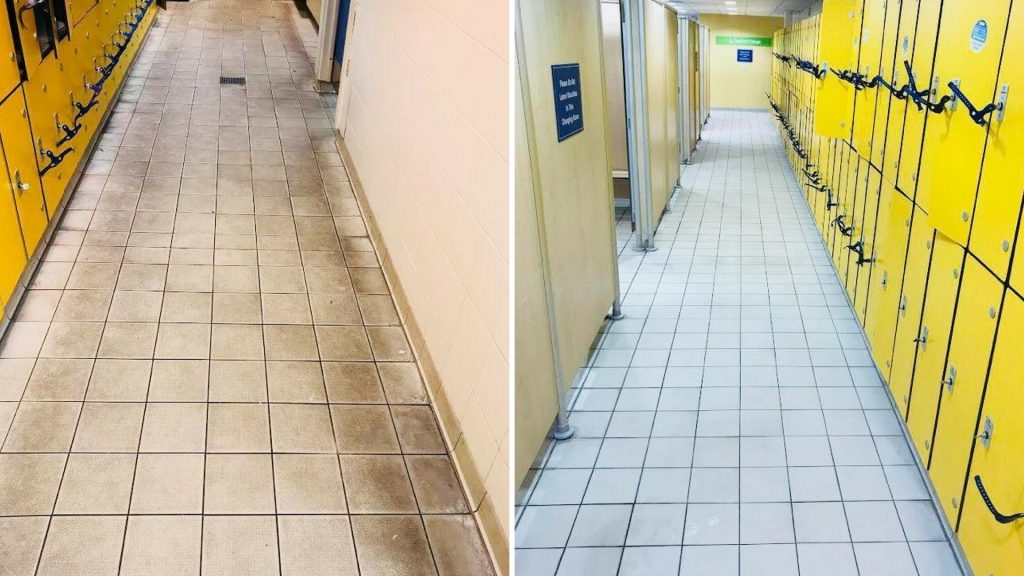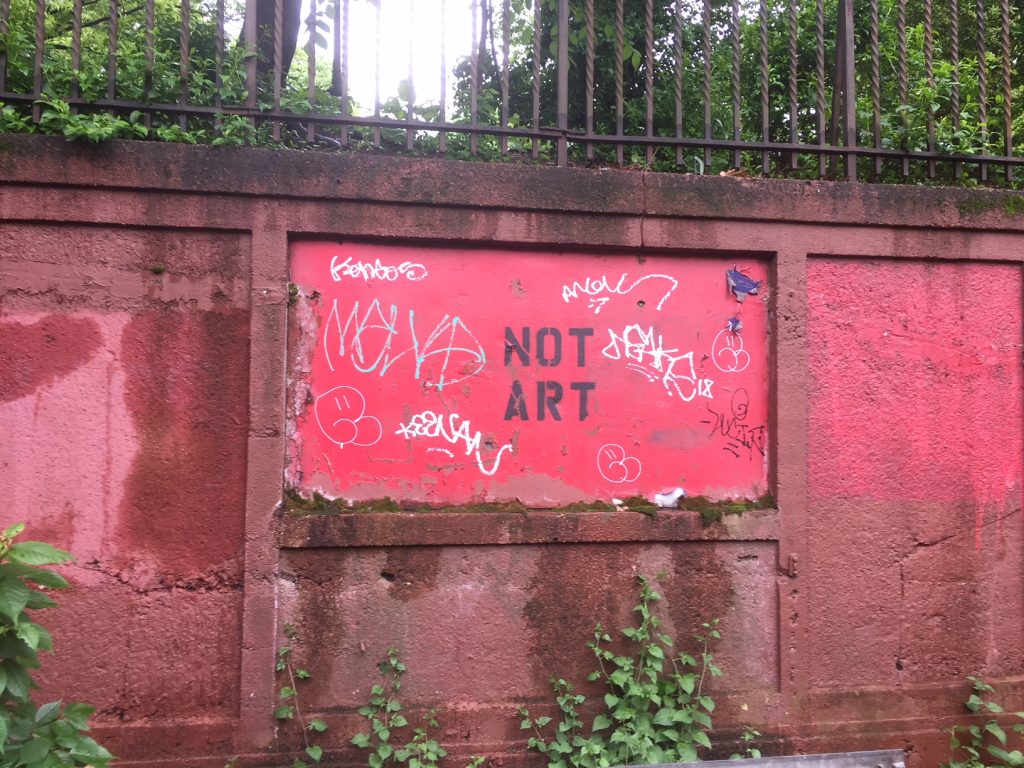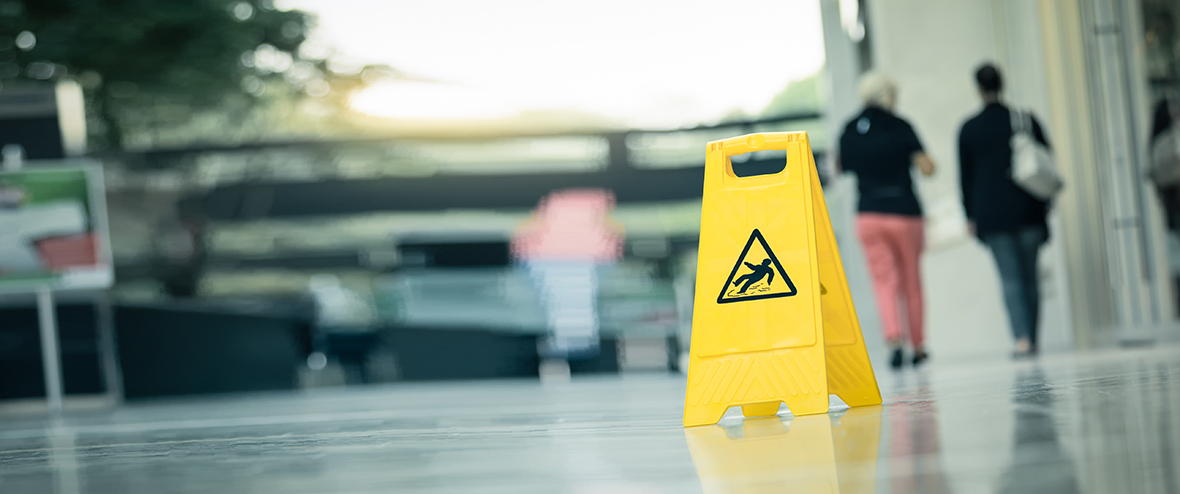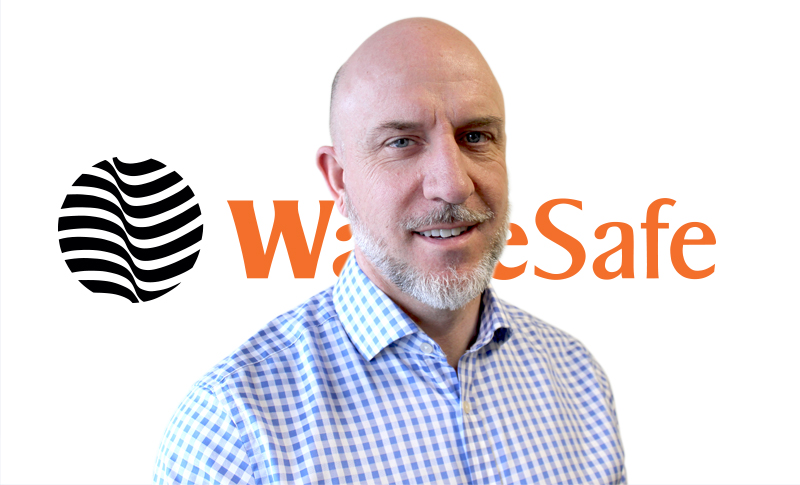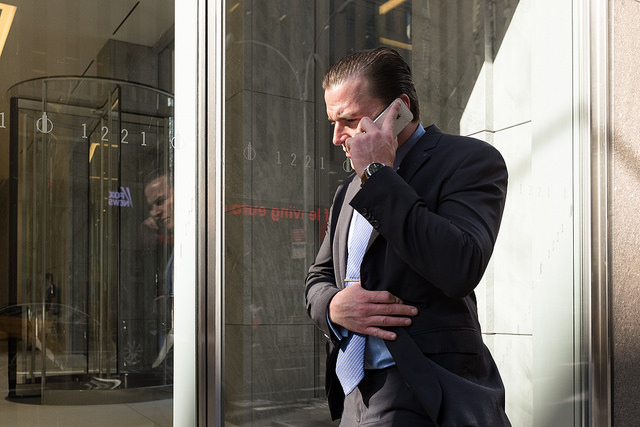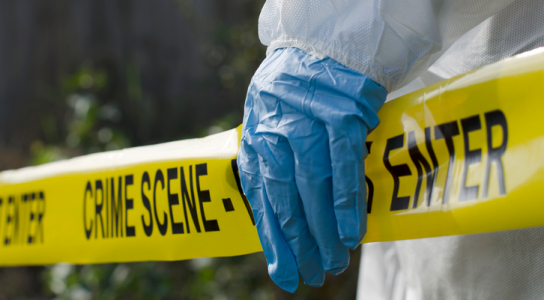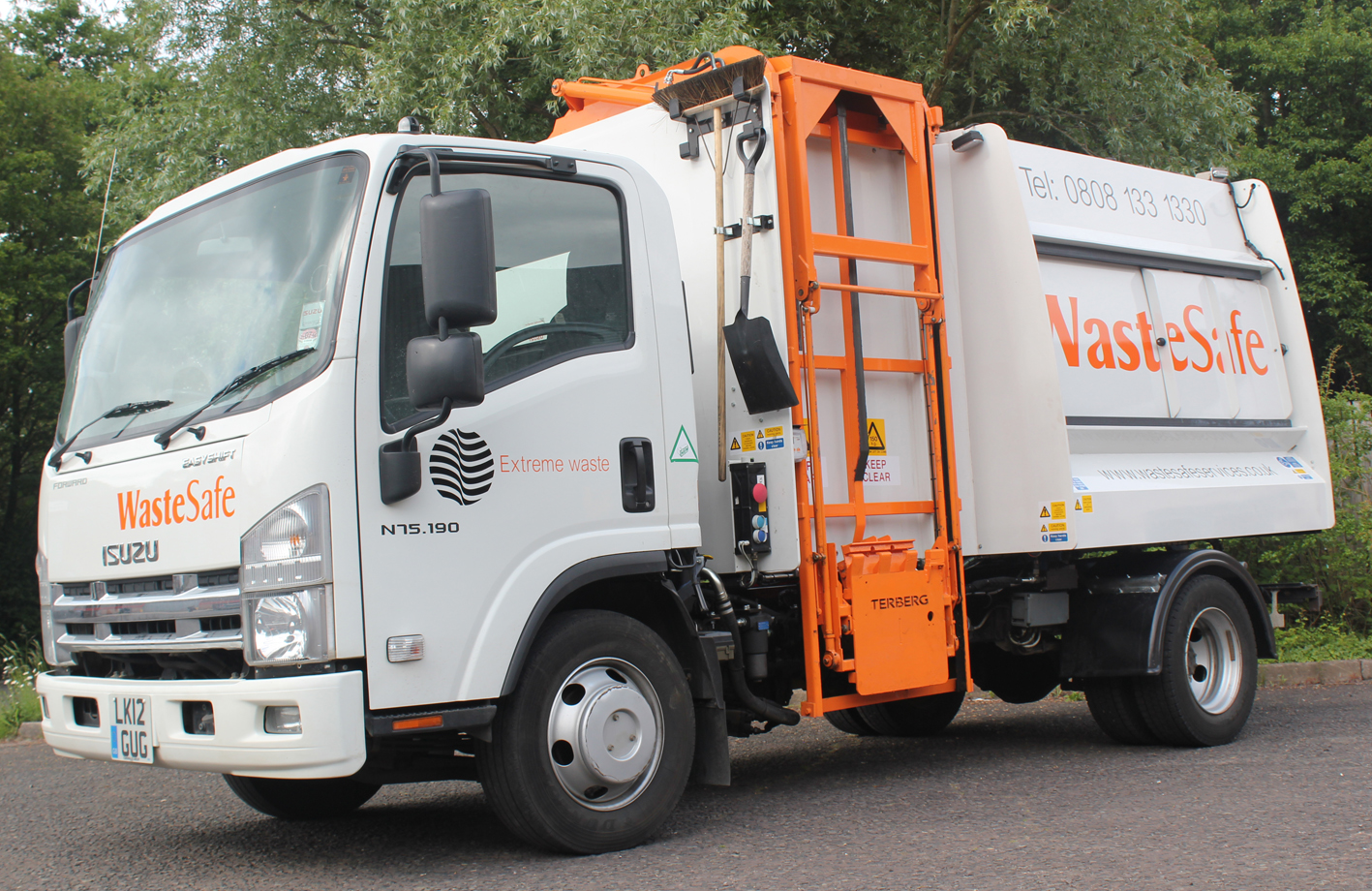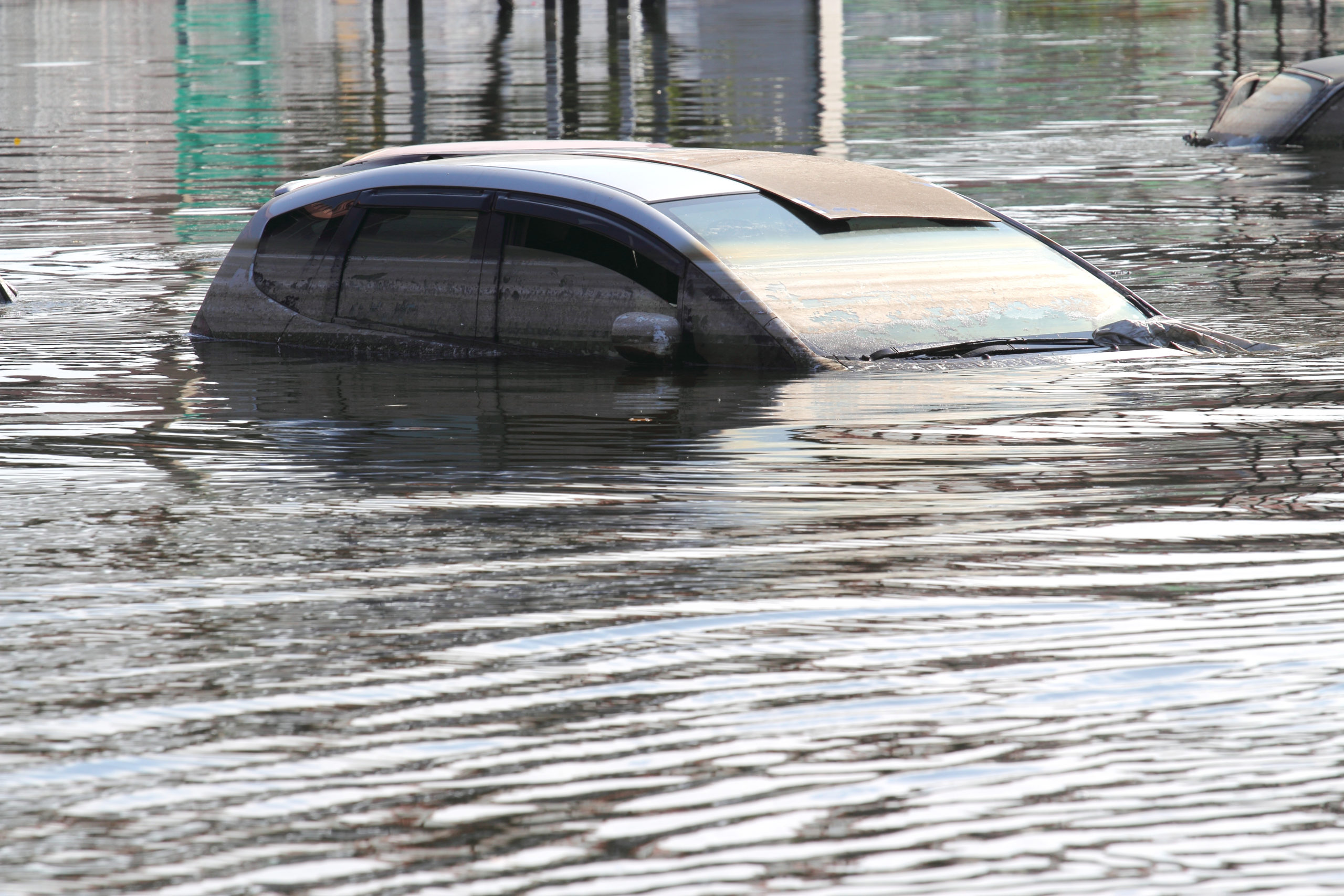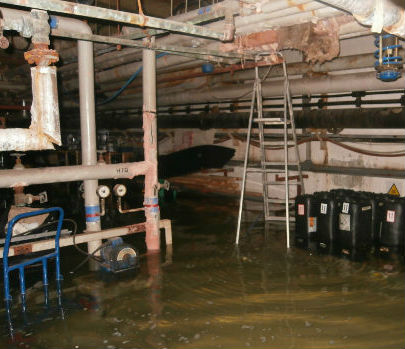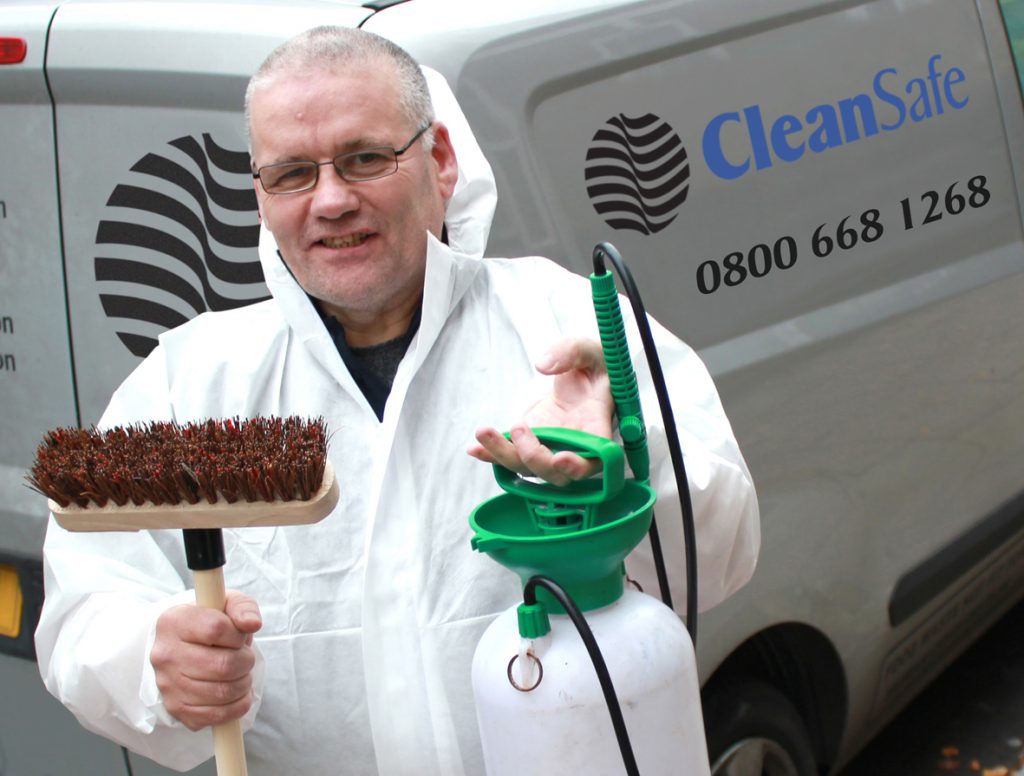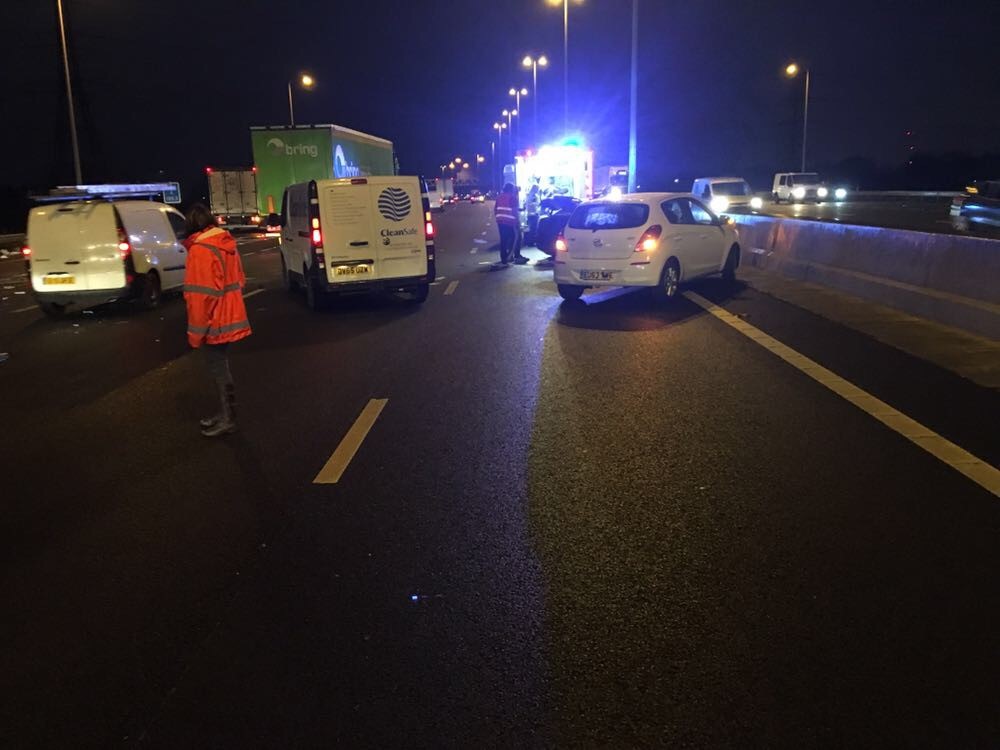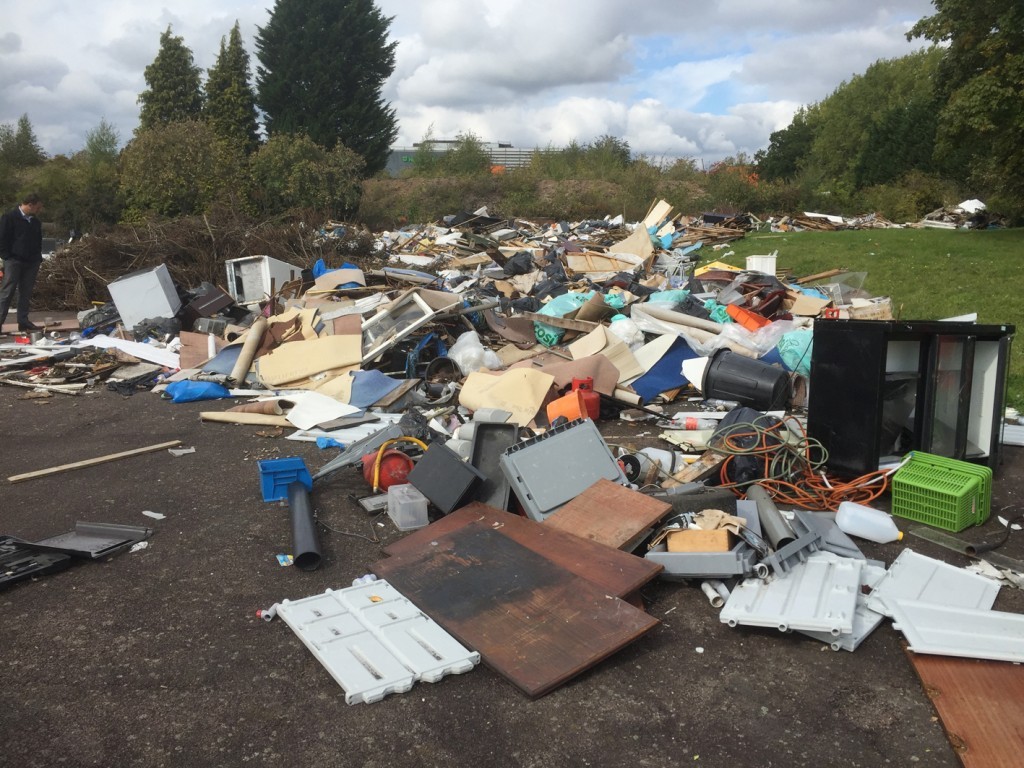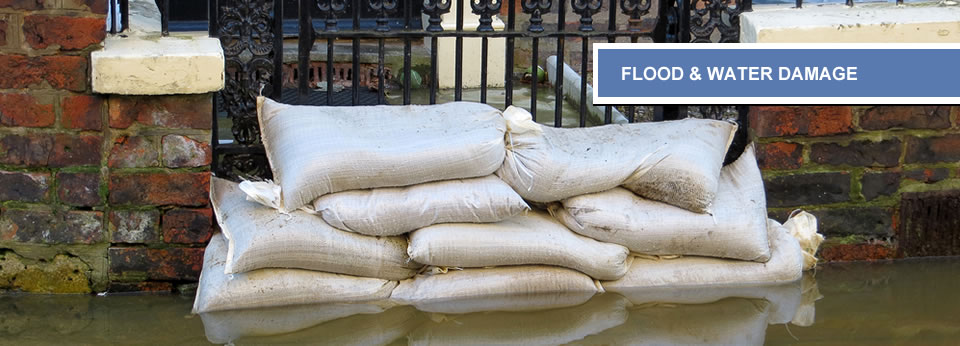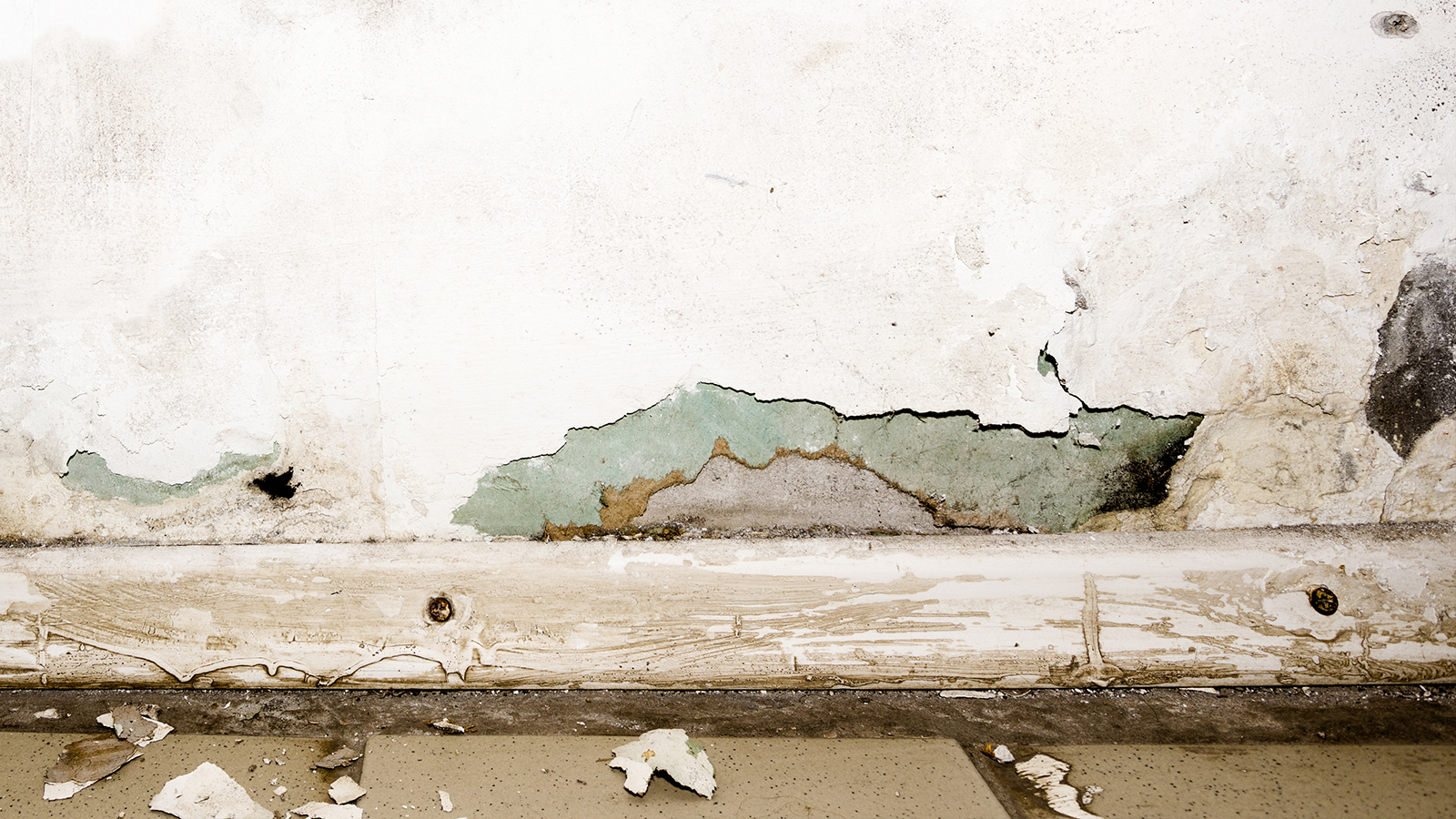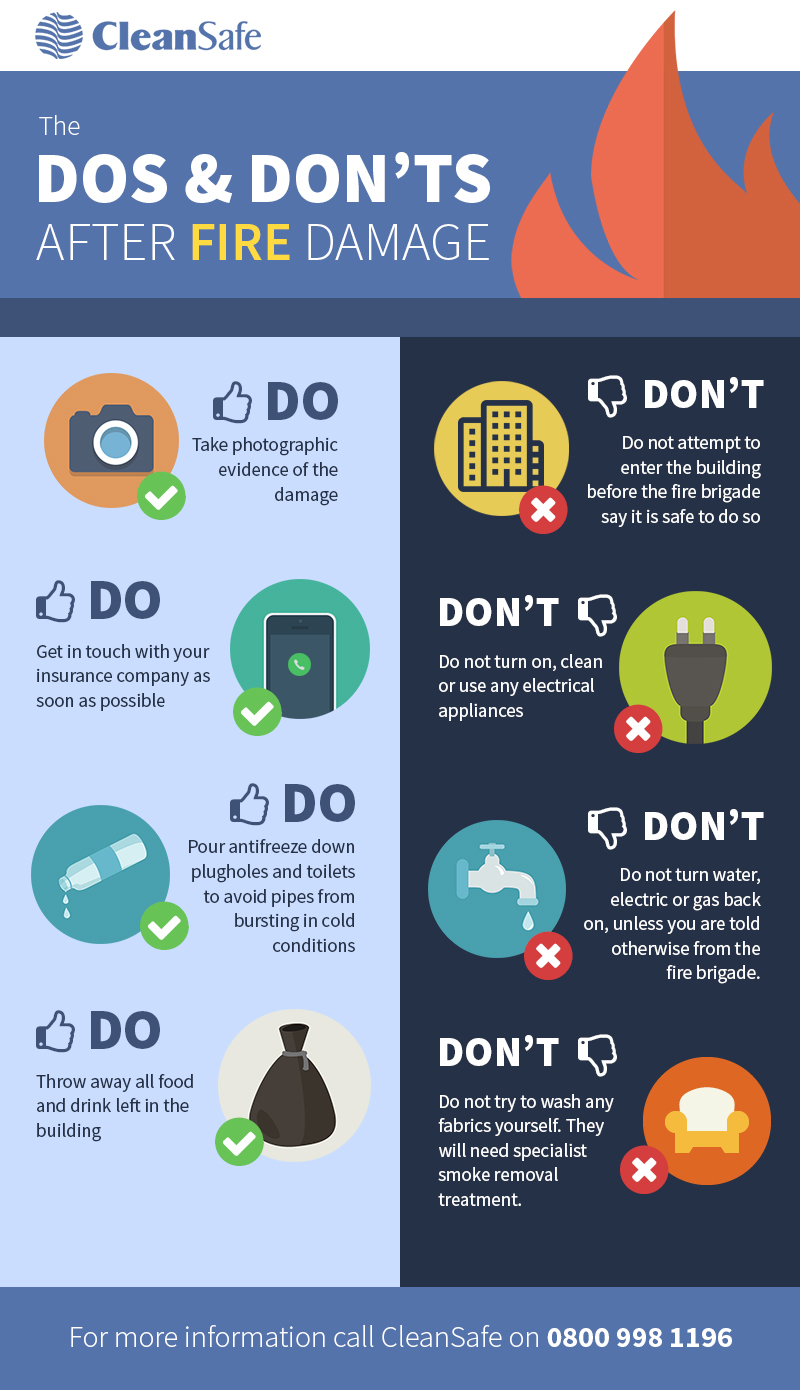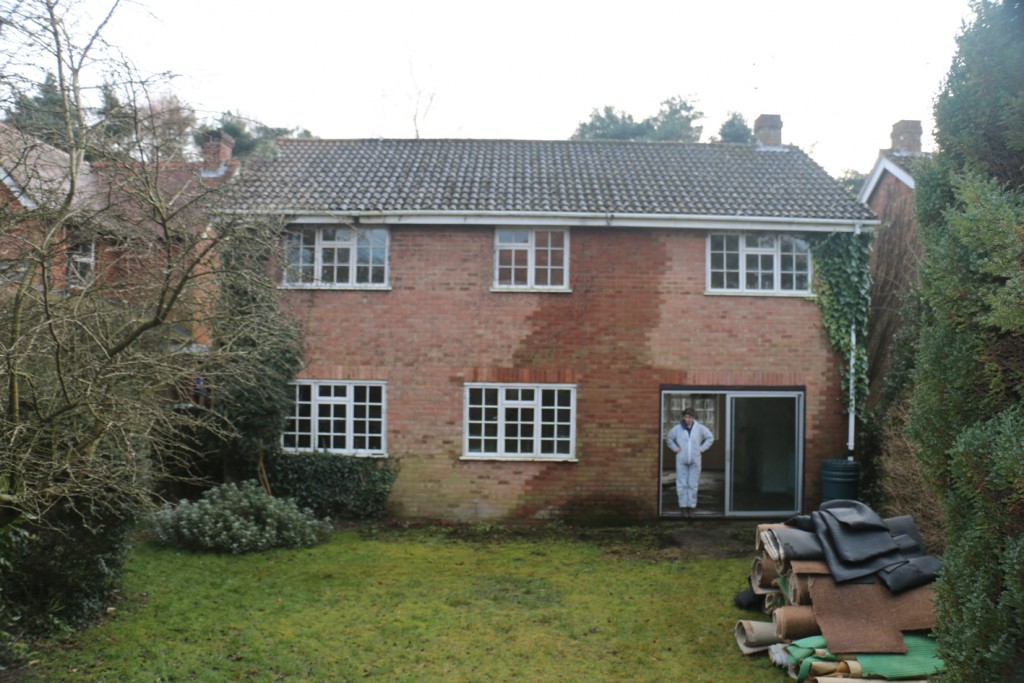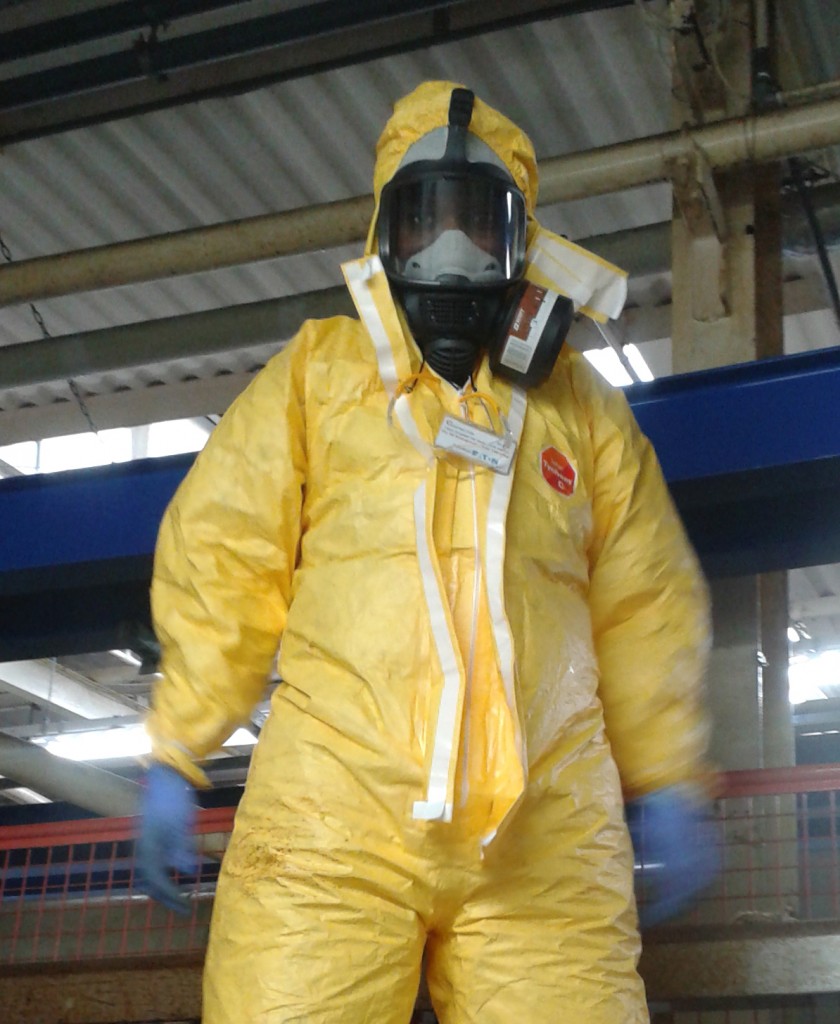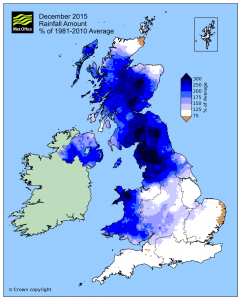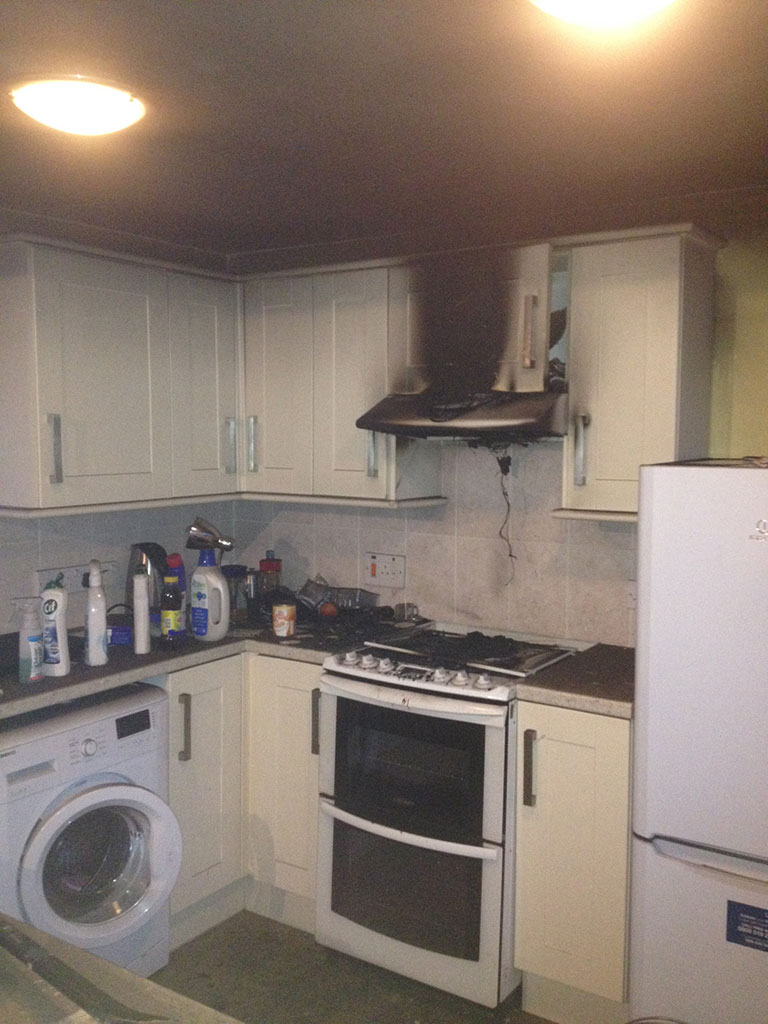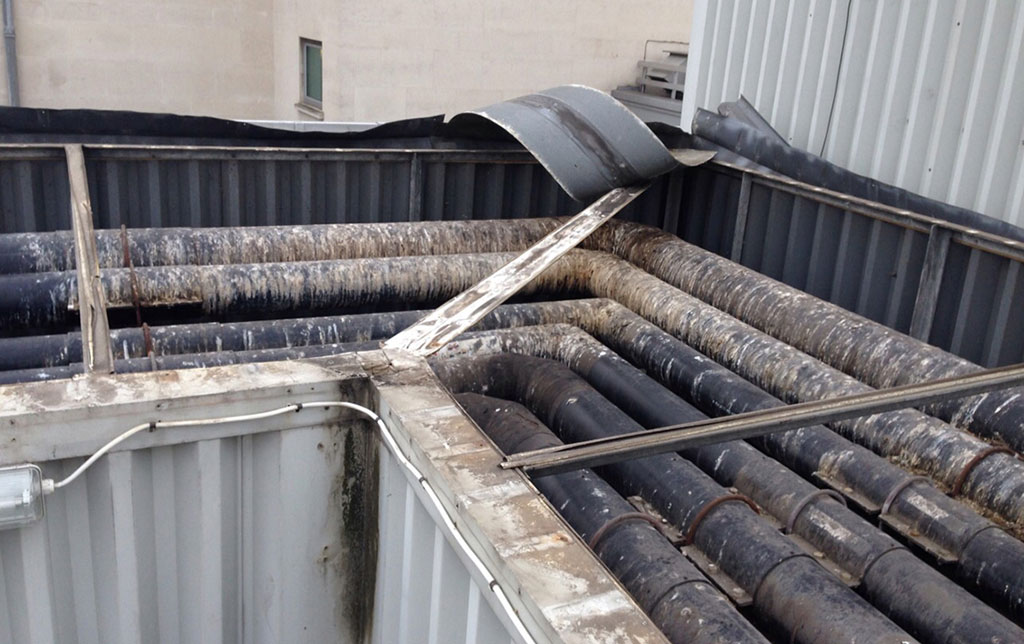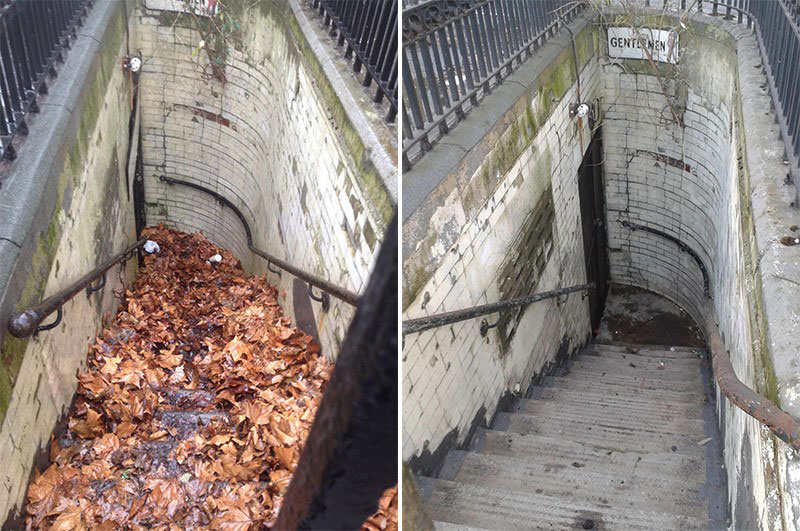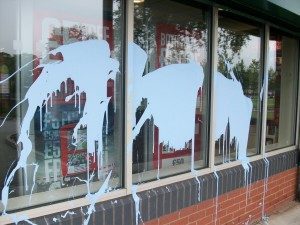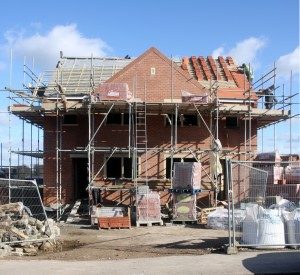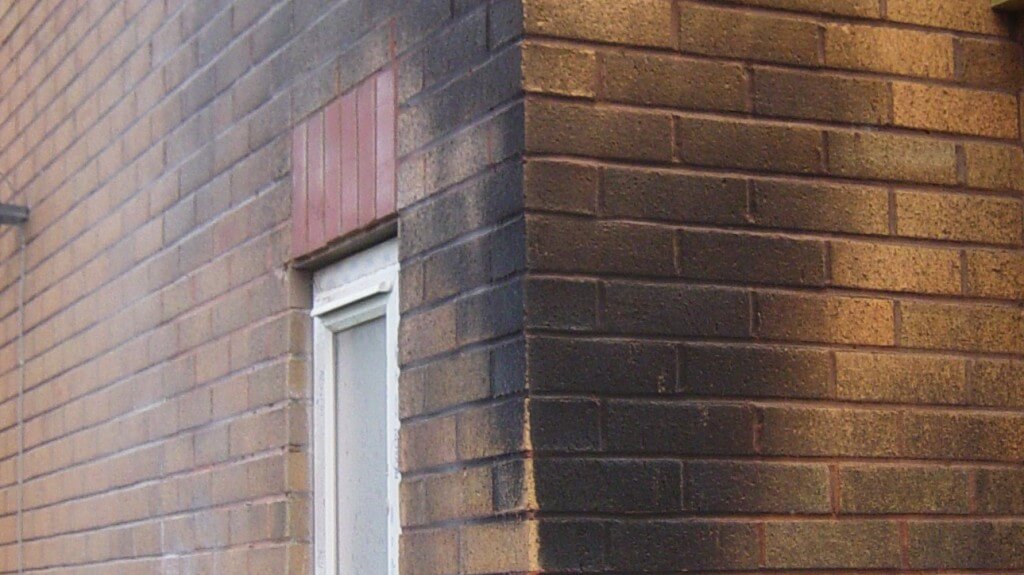An environmental cleaning team from CleanSafe Services has spent four weeks carrying out an emergency sewage clean-up on a flat that had suffered one of the worse sewage floods they had ever seen.
The damage to the property in Essex was so bad that the team had to strip out plasterboard ceilings and walls because they had become so badly contaminated by the hundreds of gallons of sewage that had flooded the flat.
CleanSafe’s emergency sewage clean-up team was called in to do the work on behalf of a social housing landlord which had been in the process of having the flat refurbished when the sewage flood occurred.
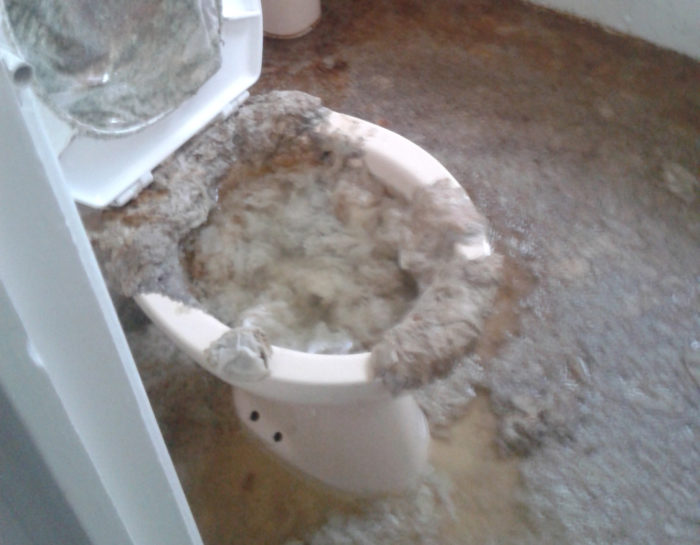
CleanSafe Business Development Manager Stephen Savill said: “It was one of the worst examples of sewage flooding we had ever seen in such a small property. And we have seen a lot of sewage floods.
“The flat had been empty at the time, but even so, it had to be stripped back to the brick because the sewage contamination was so extensive and had been allowed to stand for some time, because it wasn’t discovered straight away.”
The sewage flood was caused by a combination of events. A blocked stack pipe meant that sewage flooded in the flat directly above the ground floor flat in the three-storey building, and started seeping through the ceiling.
Then, when it was discovered that there was a drainage problem at the location, it was first thought that there was a problem with the external sewer.
A drainage company jetted the external foul drainage pipe, which resulted in a ‘blow back’ where sewage flooded back through the pipe under high pressure, and forced its way into the ground floor flat through the toilet.
Stephen Savill said: “It was a sewage flood double whammy which left the flat in a terrible state. As with all emergency sewage clean-ups, we had to observe the highest standards of emergency cleaning and personal protection to carry out the clean.”
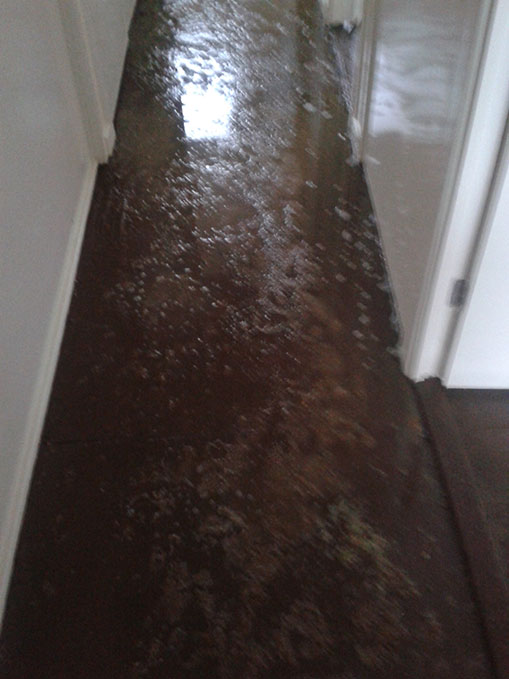
The front room ceiling had collapsed under the weight of the sewage coming from the flat above. The sewage had to be treated as hazardous material, as it contained potentially deadly bacteria, viruses and parasites.
The sewage flood waste and contaminated building materials were carefully collected and taken to an authorised waste disposal site licensed to handle hazardous waste. During the process, all CleanSafe operatives had to wear full, sealed protection suits and protective masks.
Powerful chemicals were then used to sanitise the flat to kill any lingering germs, then deodorise it, to remove the sewage odours. After what was a meticulous and scientifically proven process, the property could be handed over to builders and decorators to prepare it, ready to be occupied again.
Stephen Savill said: “This sewage flooding shows what can go wrong when events conspire against property landlords. The landlord and its agent were acting responsibly in seeking to refurbish the property, but were left with a flat that was as badly contaminated with sewage as it could be.
“In those circumstances, our services, as the UK’s leading emergency and environmental cleaning experts were the only option. Sewage floods present potentially dangerous hazards and require specialist cleaning support.”
For more information on CleanSafe’s national emergency sewage clean-up service, contact CleanSafe: 0800 668 1268.


